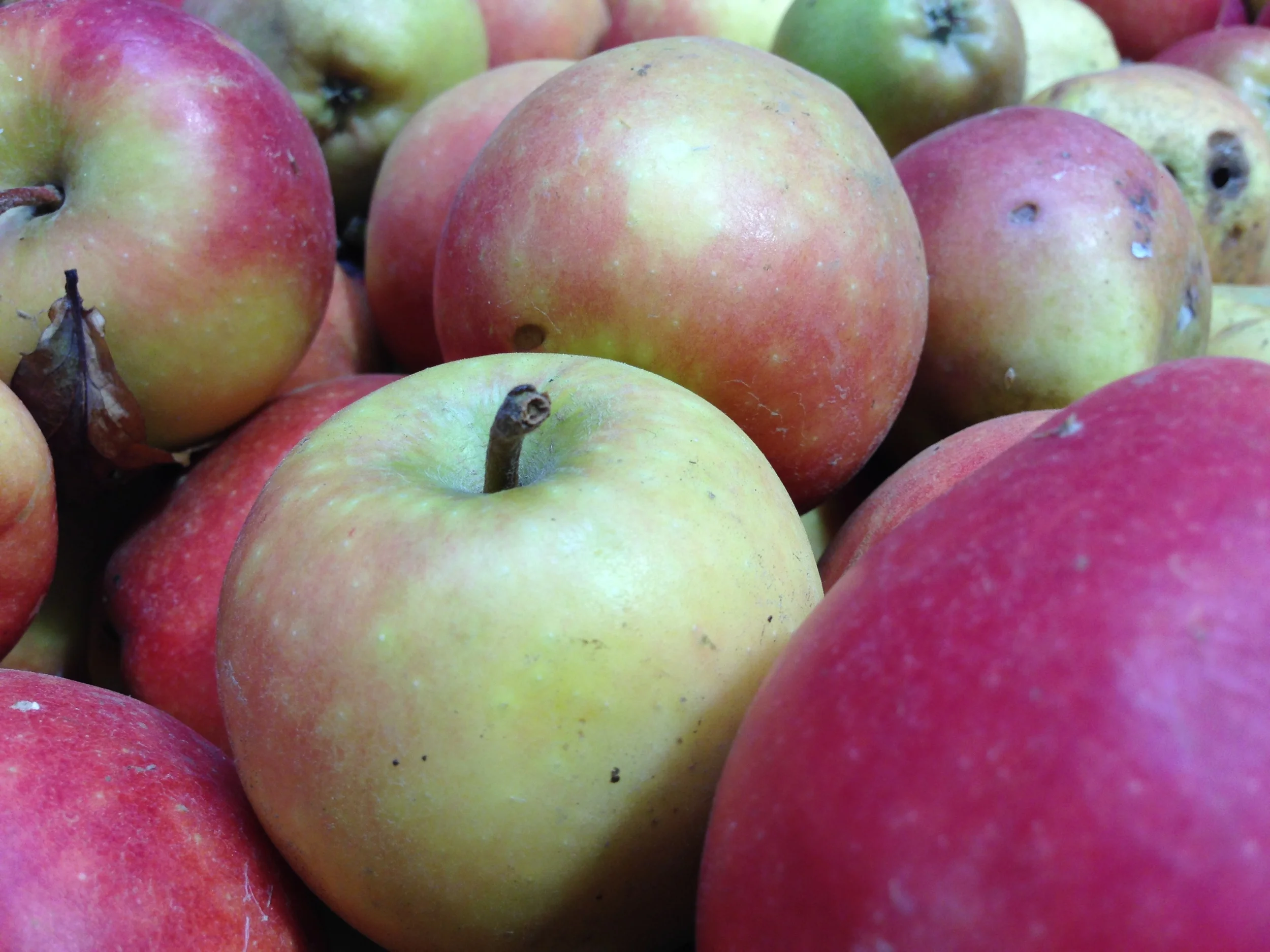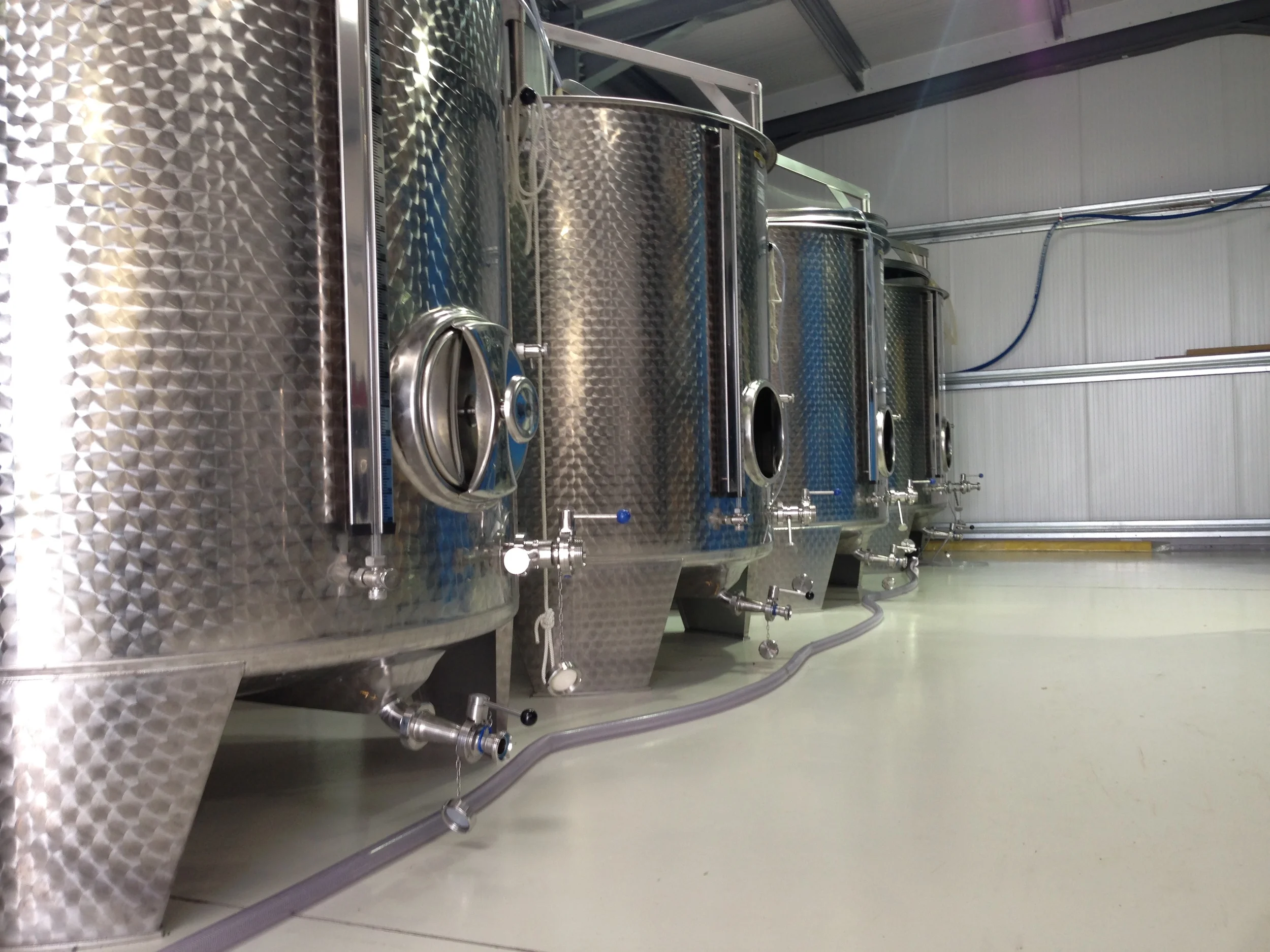Chalkdown cider is made in Hampshire from apples grown in the South Downs. Volumes are small: just 9,000 bottles per year. The entire process – from selection and sorting of apples to the application of labels on the finished cider- is overseen by the cider maker.
The cider is made in one batch each year, starting with the pressing of the apples in the Autumn. Each vintage has its own unique character that reflects the fruit that has gone into the cider. The skill of the cider maker is to adapt to this natural variability – using science and the senses – to create a product that has balance, refinement and elegance.




